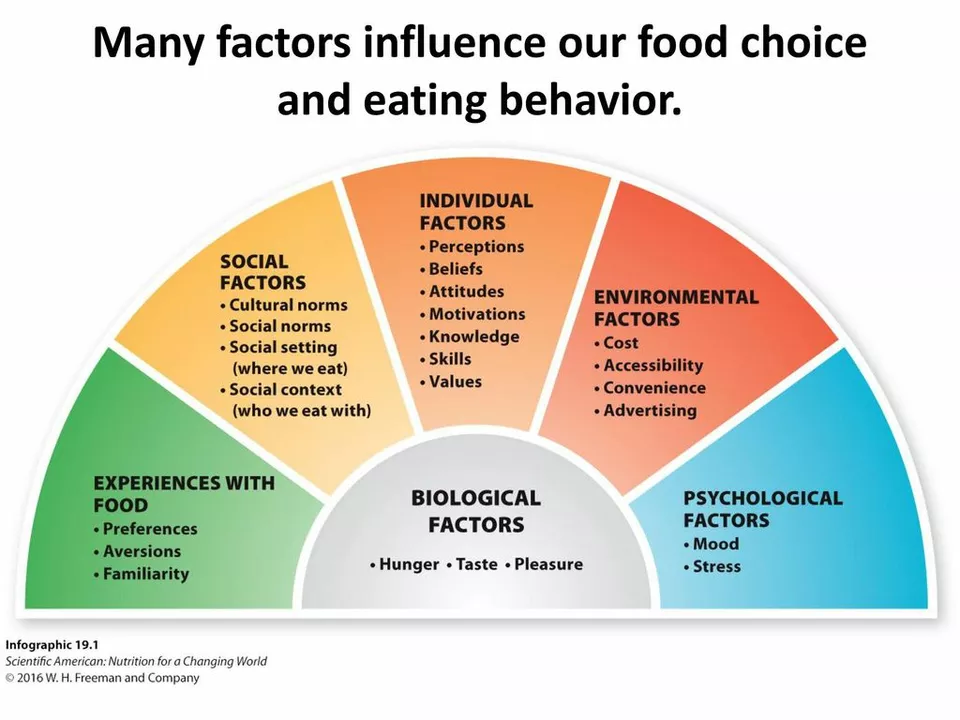Financial assistance: Save on meds, birth control and medical care
Facing high drug bills or clinic fees? You’re not alone. Whether it’s a monthly prescription like Esomeprazole, birth control such as Levlen or Yasmin, a fertility program, or long-term meds for blood pressure and cholesterol, there are real, practical ways to cut costs and get help.
Where to find help fast
Manufacturer patient assistance programs (PAPs): Many drug makers offer free or low-cost meds to people who meet income rules. Check the manufacturer’s site or call the company listed on your prescription label. If the med is brand-only, this is often the fastest route to big savings.
Discount cards and comparison tools: Use GoodRx, SingleCare or similar services to compare local and online prices. These tools often beat cash prices and show coupons you can use right away at the pharmacy.
Nonprofit grants and foundations: Groups like HealthWell or disease-specific charities sometimes fund treatment costs, fertility cycles, or expensive biologics. Search for foundations tied to your condition and apply—forms can be short and approval fast for urgent cases.
Community health centers and 340B clinics: Federally funded clinics and 340B hospitals provide medicine at reduced prices and often have sliding fee scales. Call your local health center and ask about their prescription help.
State and federal programs: Medicaid, Medicare Part D low-income subsidies, and state pharmacy assistance programs can cut or eliminate costs. Even if you think you don’t qualify, it’s worth checking—rules and income limits vary by state.
Practical ways to lower what you pay today
Ask your prescriber for lower-cost options: Generic equivalents, therapeutic substitutes (like alternatives to simvastatin or amoxil), or different dosing schedules can cut costs. Your prescriber can also send samples or temporary supplies to bridge a gap.
Compare brands vs generics and alternatives: Sometimes a different drug in the same class costs less and works fine. Our articles on safe alternatives (for cholesterol meds, antidepressants, or antibiotics) explain what to ask your doctor.
Use mail-order and 90-day supplies: For chronic meds, a 90-day mail order can reduce per-dose cost and copays. If insurance covers it, this often saves both money and trips to the pharmacy.
Talk to a social worker or financial counselor: Hospitals and fertility clinics often have staff who know about grants, sliding scales, shared-risk IVF, and payment plans. They can fill out paperwork and call funders for you.
Be careful buying online: If you consider buying meds online, read safety guides—check pharmacy credentials, require prescriptions, and compare prices against known discount tools. Some articles on this site walk through safe online buying for specific drugs.
Start with a short checklist: 1) Call your insurer to clarify coverage, 2) check manufacturer PAPs, 3) compare prices with a coupon app, 4) ask your clinician about cheaper alternatives, 5) contact clinic financial aid. Do one item today—small moves add up fast.
If you want, I can point you to specific posts on savings for birth control, esomeprazole, fertility clinics, or safe online pharmacies listed on this site. Which expense is hurting you most right now?




